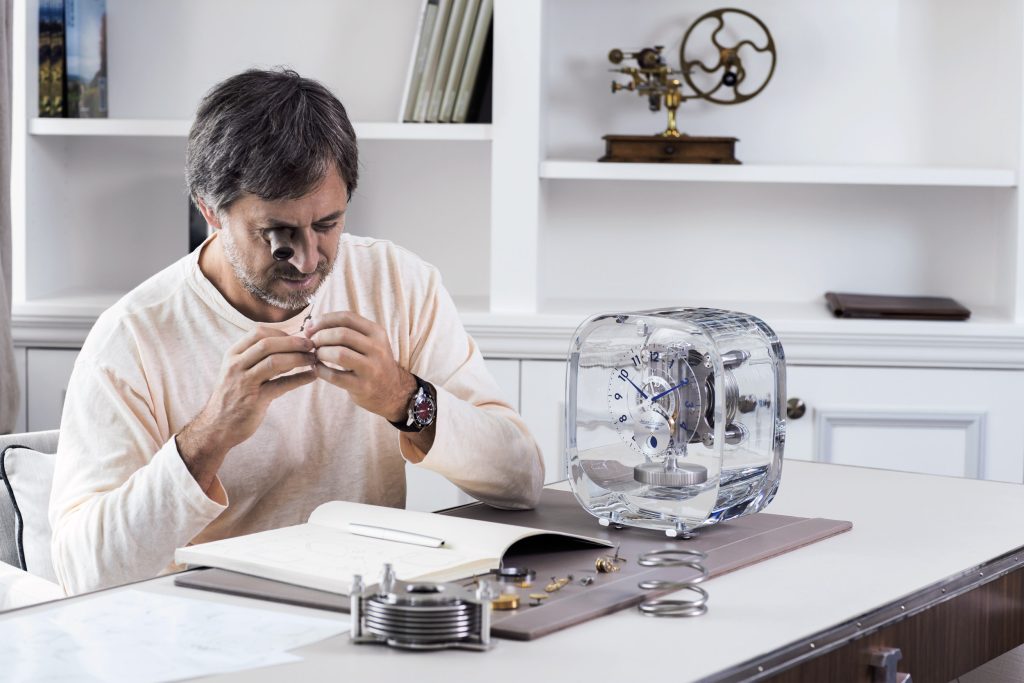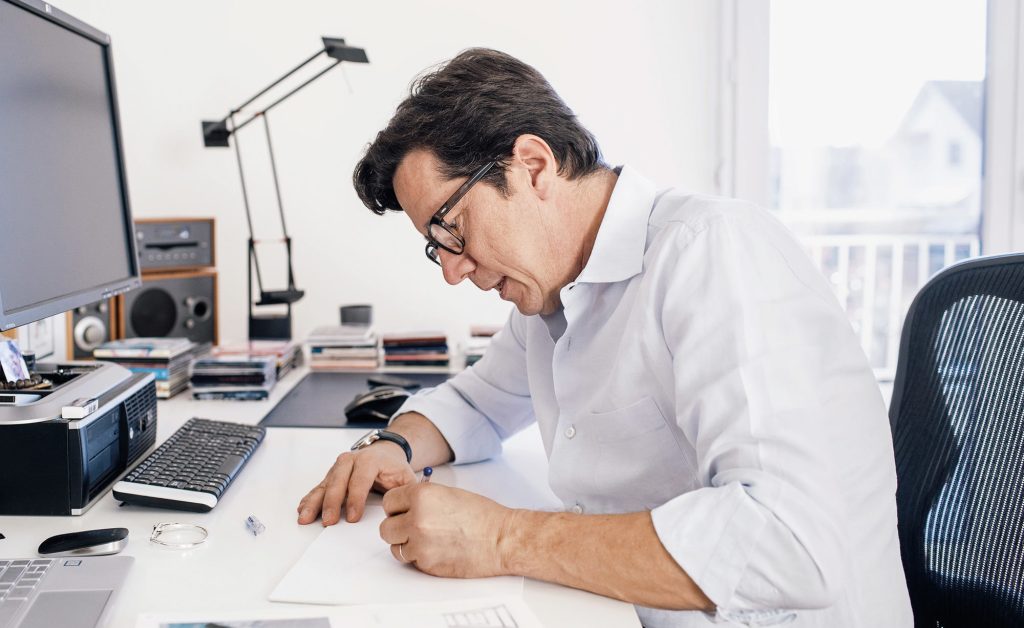Horological Trinity: Audemars Piguet’s Spectacular Hotel, Museum, and Manufacture Facility

My first visit to Audemars Piguet’s facilities in Le Brassus, Switzerland, was nearly a decade ago, back when the hotel and museum were still in its “original” form. Since then, a lot has changed. Now, AP boasts a new hotel, a new museum, and even a new factory in Le Locle. So when the AP team in Hong Kong extended an invitation, I just couldn’t resist.
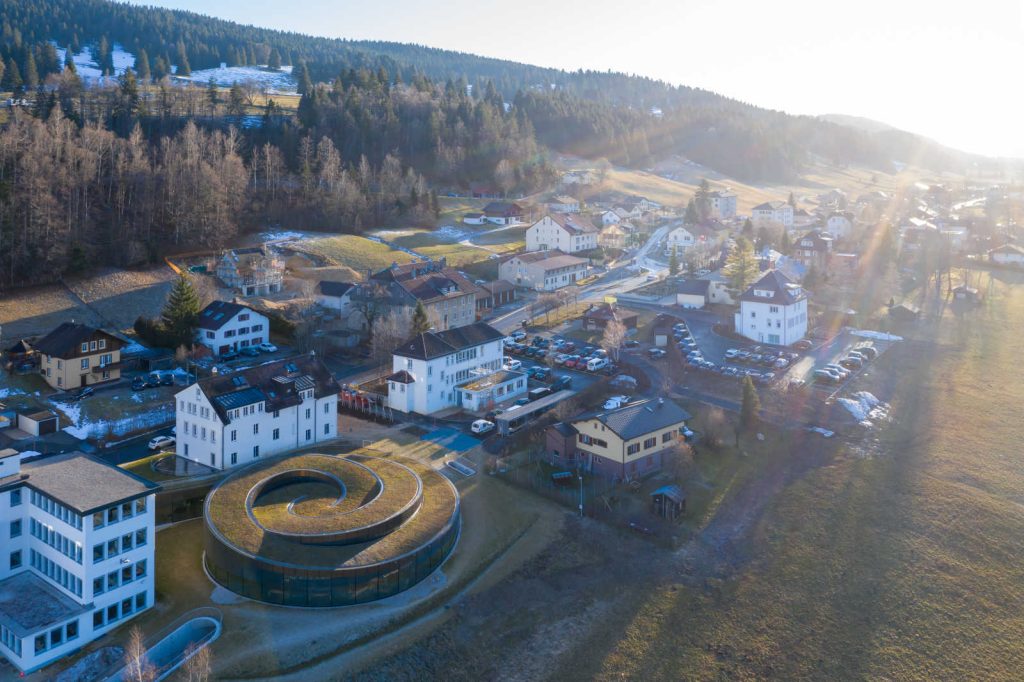
The New hotel :
The new hotel is a world apart from my previous stay at the old AP Hotel. Now known as the Hôtel des Horlogers, it was unveiled in 2022 in the charming Swiss Village of Le Brassus. Formerly named Hôtel de France, this historic establishment, which dates back to 1857, has been completely reimagined through a collaboration between AP and renowned architectural firm Bjarke Ingels Group from Denmark, as well as Swiss design firm CCHE.
The hotel’s exterior is an intriguing design characterised by a zigzagging arrangement of long ramps, blending with the natural landscape of Vallée de Joux. This region holds significant importance as the birthplace of Swiss horology and is also home to several exceptional ski resorts. The interiors of Hôtel des Horlogers were thoughtfully crafted with sustainability in mind, taking inspiration from the surrounding natural environment. Each room exudes a warm and inviting ambiance, providing guests with breathtaking views of the picturesque Risoud forest.
Among the remarkable features of the hotel are two new restaurants and a bar, operated by the esteemed French chef Emmanuel Renaut, holder of three Michelin stars.
The hotel is situated right next to AP’s headquarters and the Museum, holds 50 rooms, guests can easily explore the rich legacy of watchmaking through specially curated programmes while enjoying their stay.
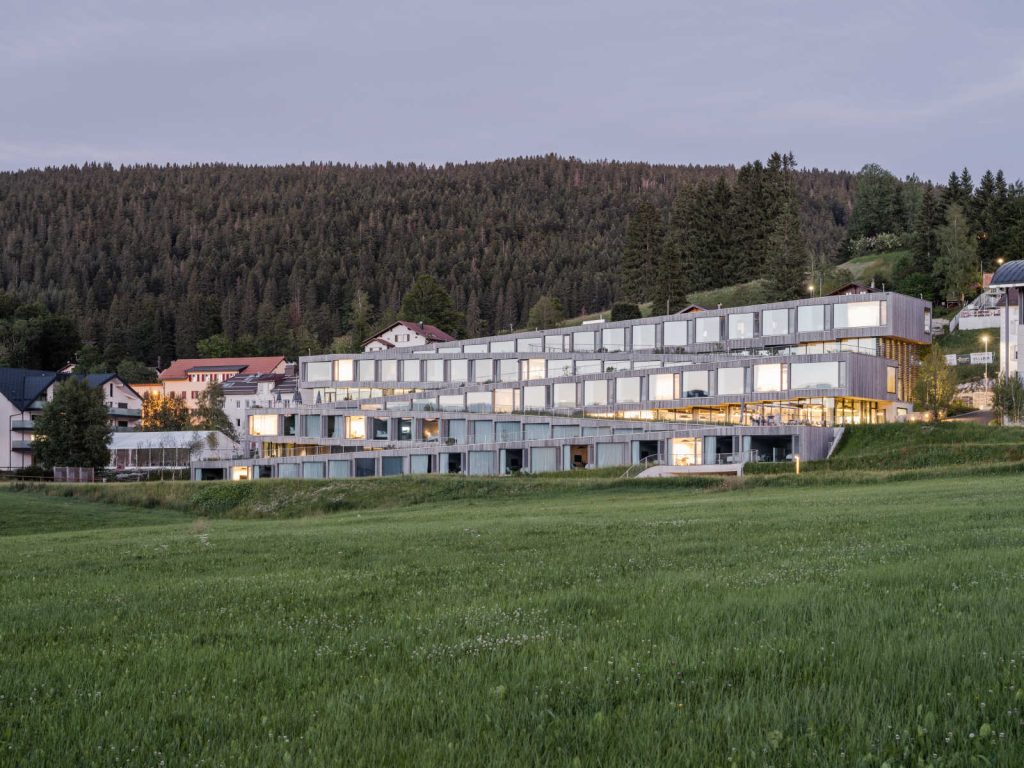
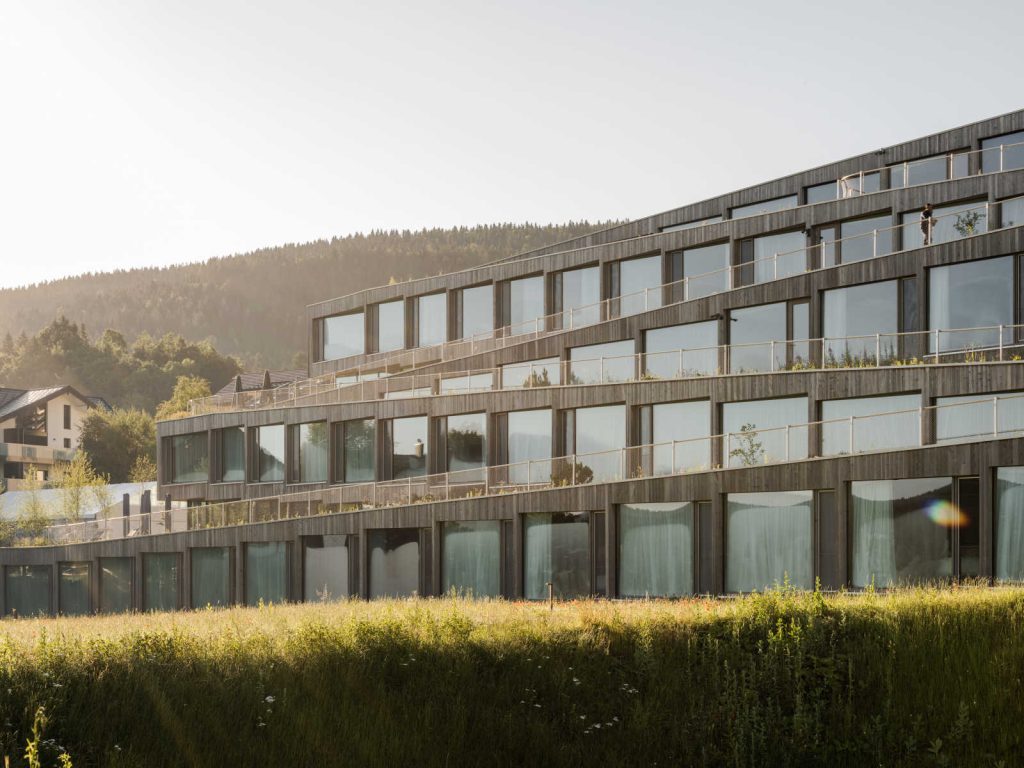
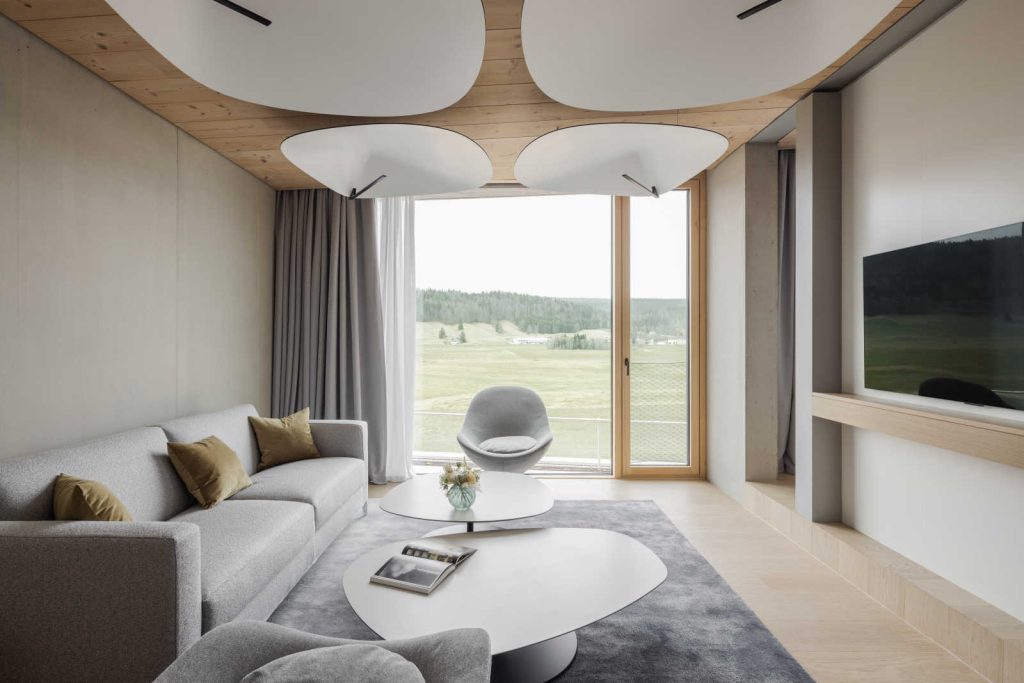
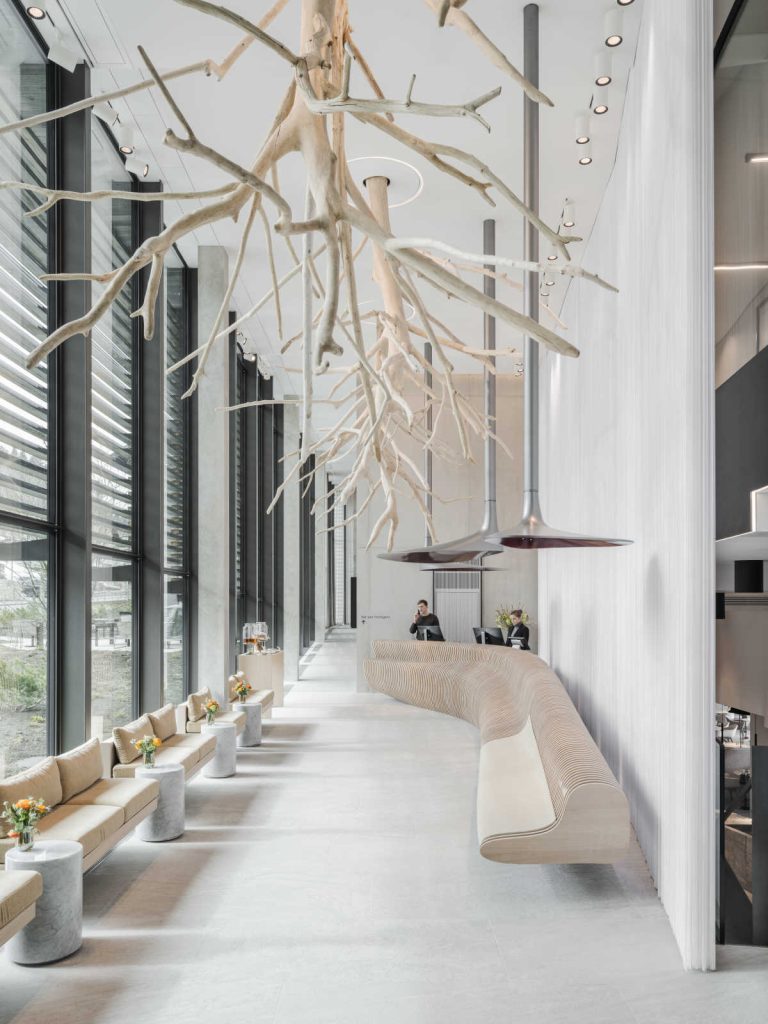
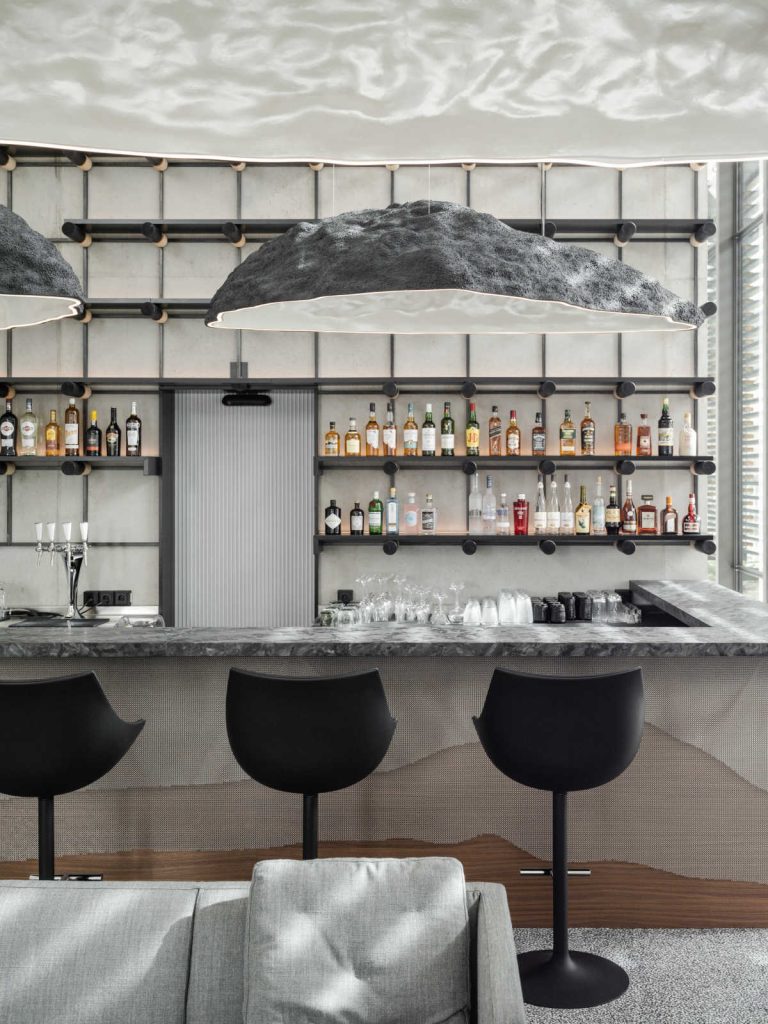
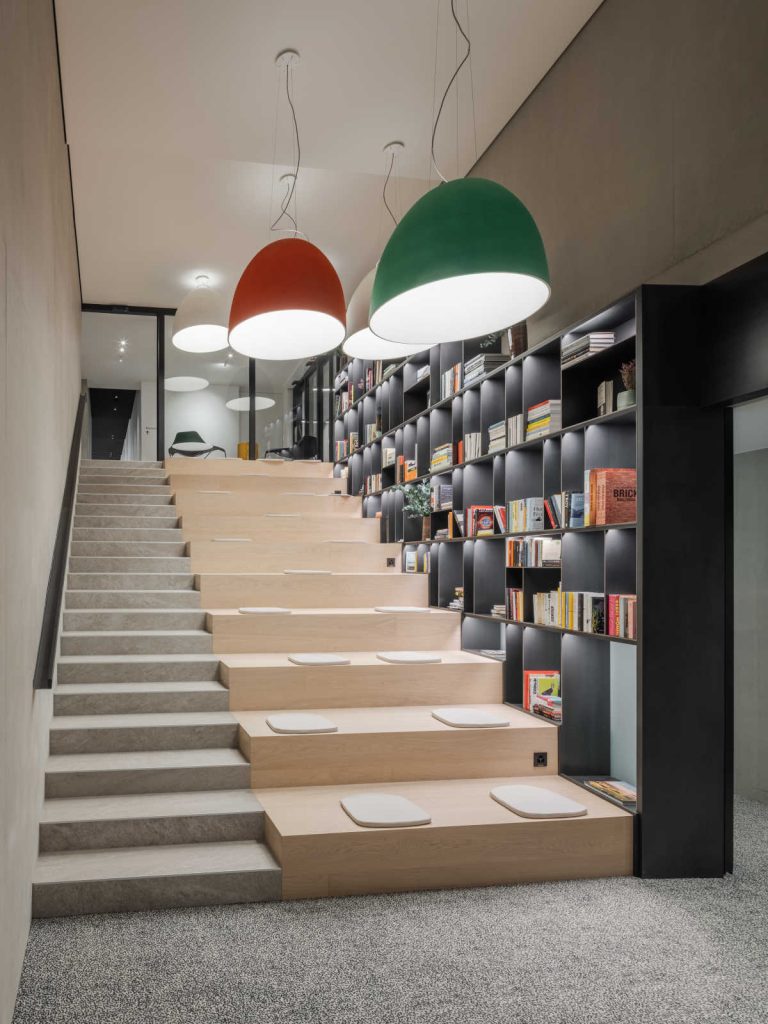
The New Museum :
The Musée Atelier Audemars Piguet opened during the COVID-19 pandemic on June 26th, 2020, ushering in a new era for watch enthusiasts. The new museum offers ample space to showcase a vast collection of historical pieces, immersing visitors in an unforgettable experience.
The integration of the old and new structures creates continuity, with the top of the historic building housing the archives room, Heritage Department, and Restoration Atelier. Designed by Bjarke Ingels Group and CCHE, the museum shares the hotel’s commitment to sustainability and meets the Swiss Minergie certification. It unites Audemars Piguet’s past, present, and future, starting with a symbolic ferrous stone and a genealogy tree of the founders at the entrance.
With a total area of 2,500 square meters, including 900 square meters of exhibition space, the spiral-shaped pavilion ascends gracefully with curved glass walls. 108 glass panels, 12 centimeters thick, support a weight of 470 tons, showcasing architectural ingenuity. Two specialized ateliers inside are for the Grandes Complications and Métiers d’Art, while the museum offers a diverse experience with historical timepieces, sculptures, and more.
The curved glass panels supporting the steel roof and the floors adapting to the land’s gradient create a stunning atmosphere. Audemars Piguet fans must visit this “Bucket List” destination.
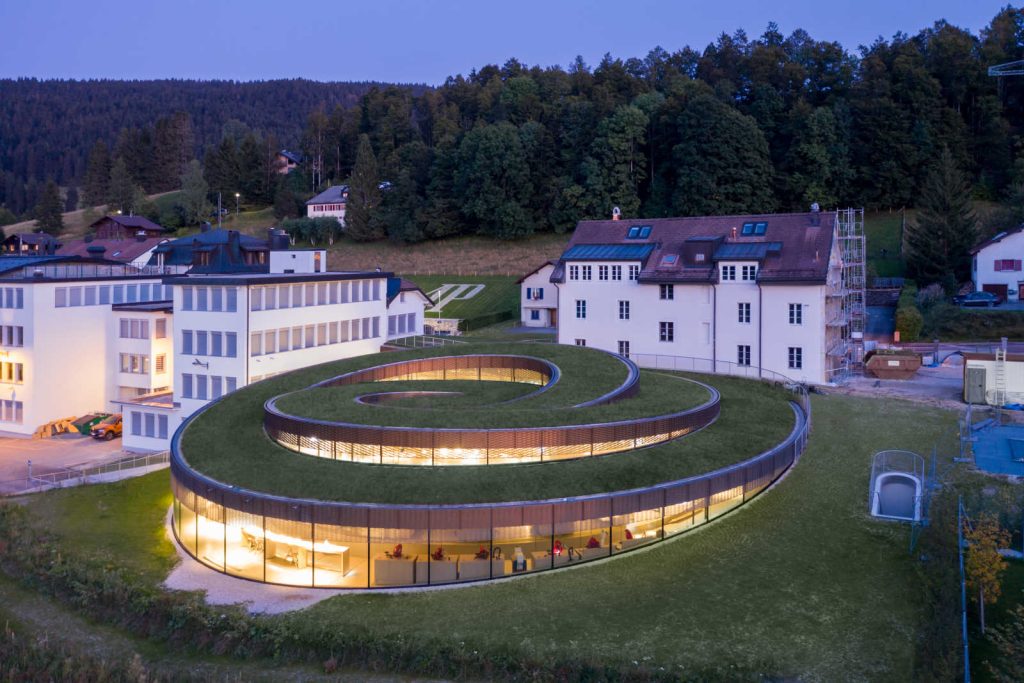
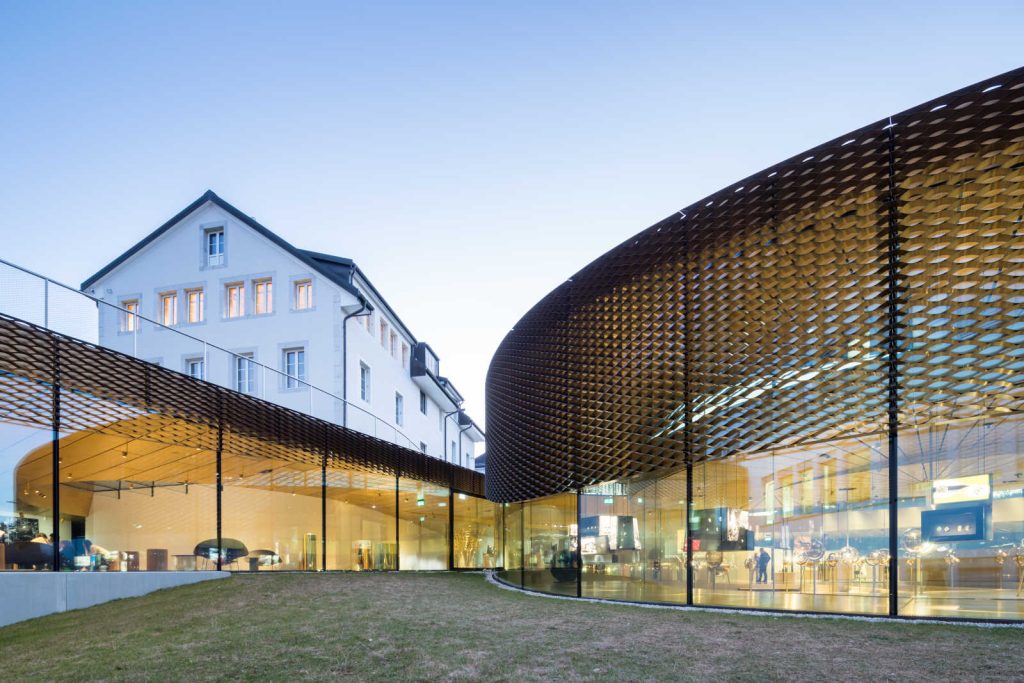
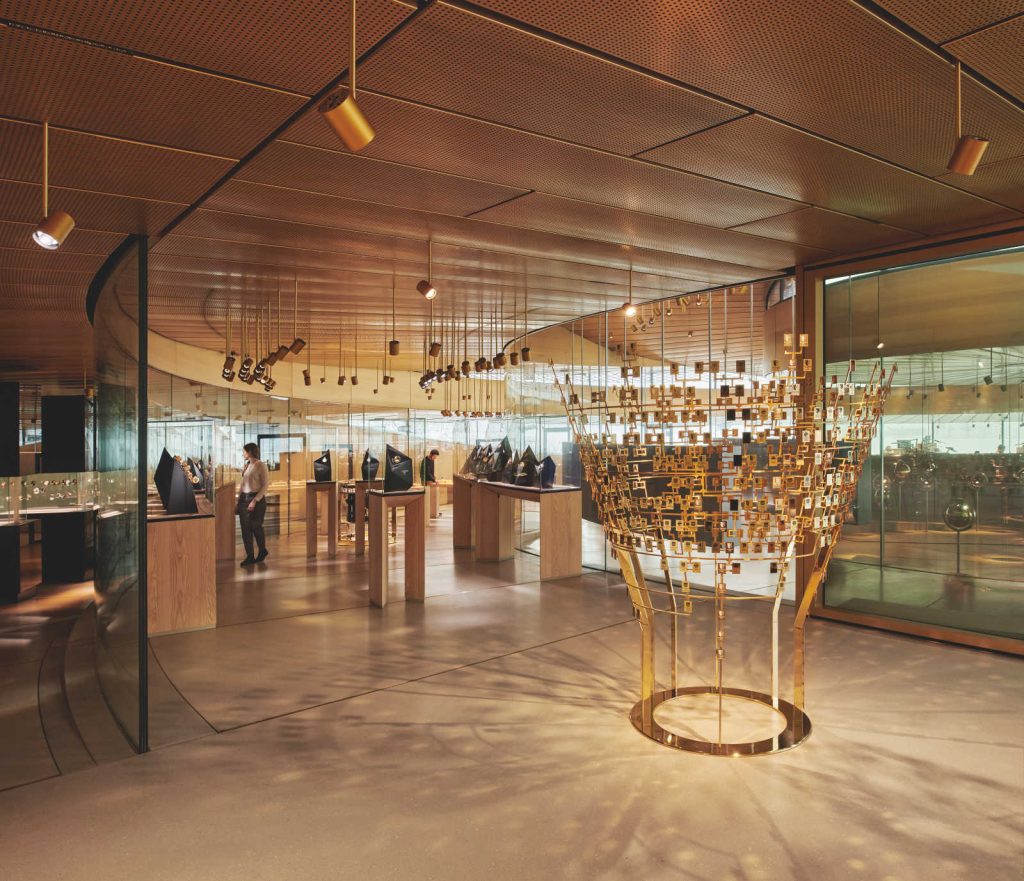
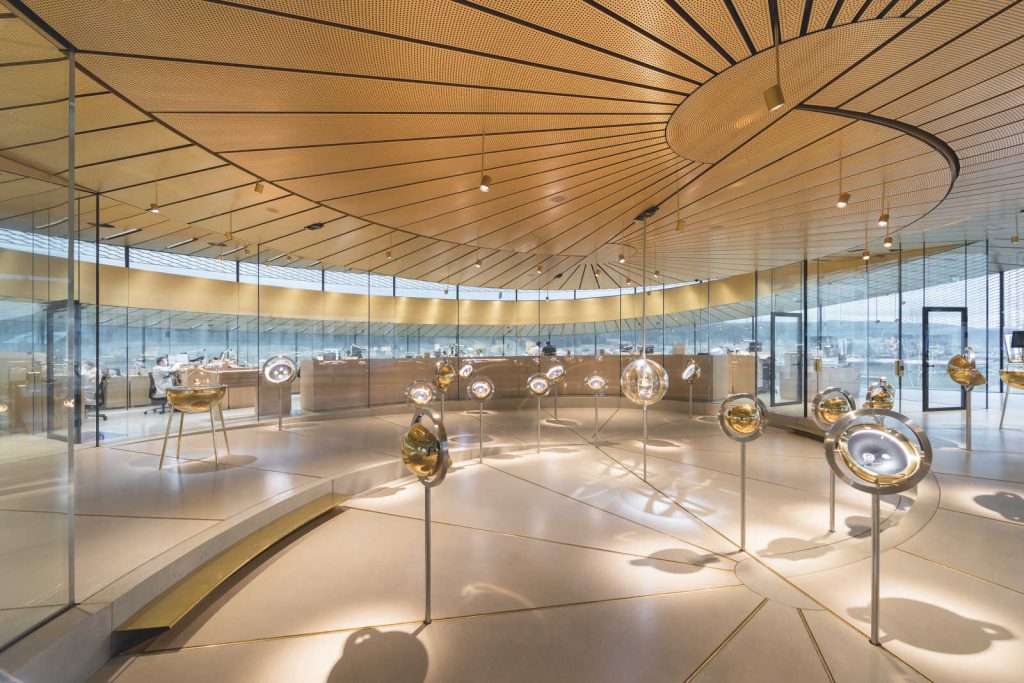
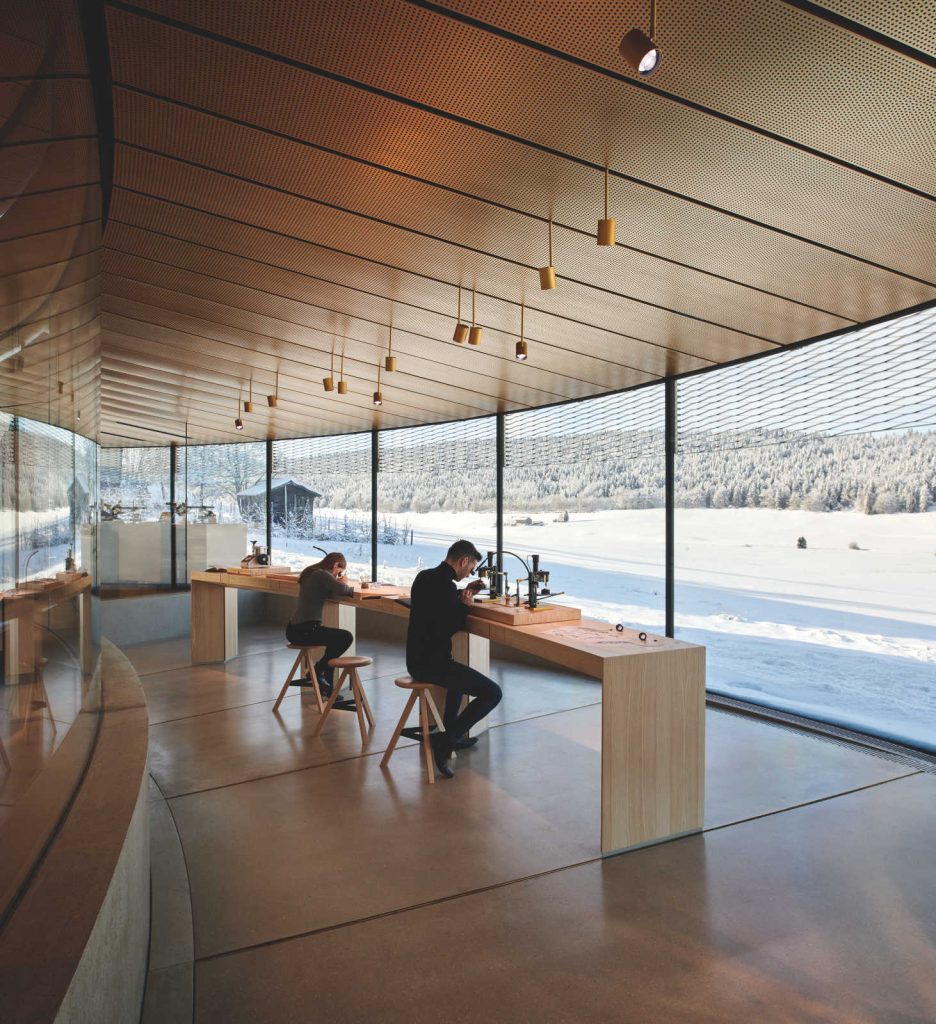
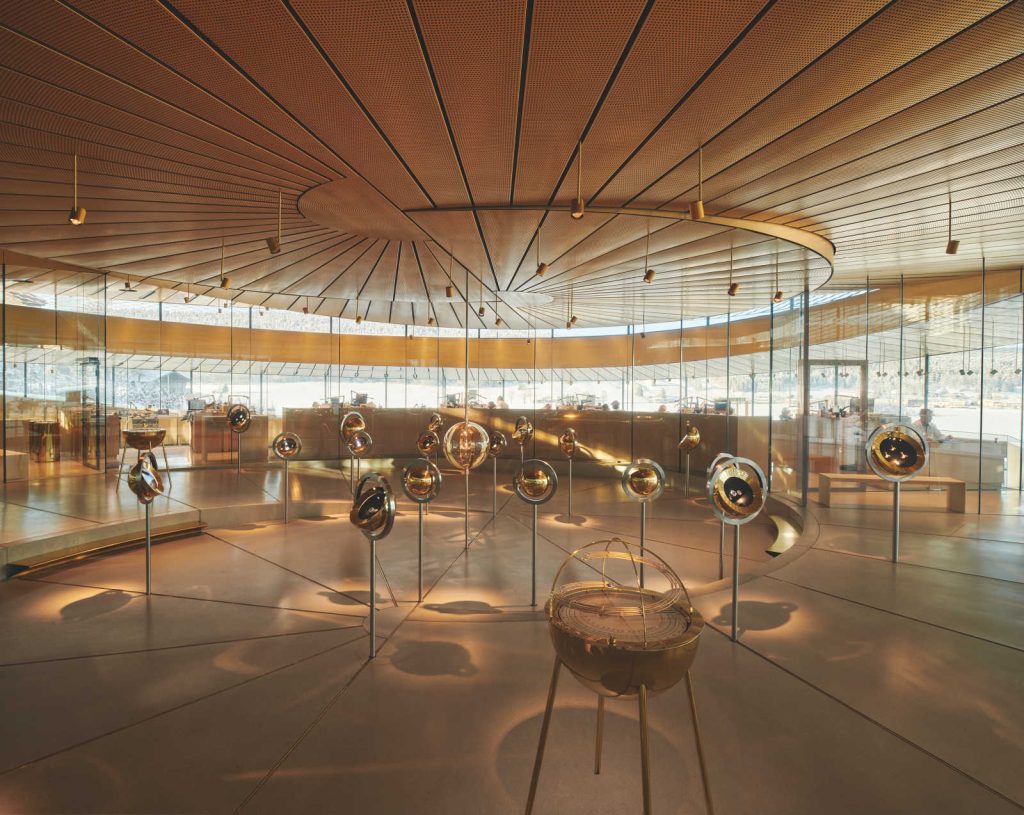
The New Manufacture Facility :
This has to be the star of the visit, the new Manufacture de Haute Horlogerie Audemars Piguet in Les Saignoles, Le Locle, NE, beautifully designed by Kunik de Morsier architects, it harmonises with the Jura landscape, fully integrating its natural surroundings (we were joking that it looks like a spaceship ready to take off). This architectural masterpiece encompasses all the essentials required for producing intricate watch movements, meeting the highest standards of industrialisation and fine watchmaking. The architects carefully positioned the workshops, capturing the serene northern light for optimal working conditions, while the dynamic southern light bathes the administration areas, creating a welcoming ambiance.
At the heart of the Manufacture lies the Piazza, serving as a focal point for informal exchanges, and collaborative workshops. The architectural design, prioritizing comfort and well-being, not only caters to the present needs but also anticipates the future challenges of the industry. The Manufacture uses the full potential of natural light, resulting in a dynamic interior environment that invigorates both workers and visitors alike. Artificial lighting further enhances the workspaces, ensuring optimal conditions for the watchmakers.
The new facility offers adaptable spaces that facilitate co-creation and accommodate evolving industry standards. Moreover, it provides a truly unparalleled customer experience, immersing visitors in the captivating geography of the region, while witnessing the intricate craftsmanship unfolding within its workshops. I was particularly captivated by their immersive Augmented Reality system, a testament to their commitment to innovation and cutting-edge technology. But all these description of the facility doesn’t equate my excitement for what is about to happen :
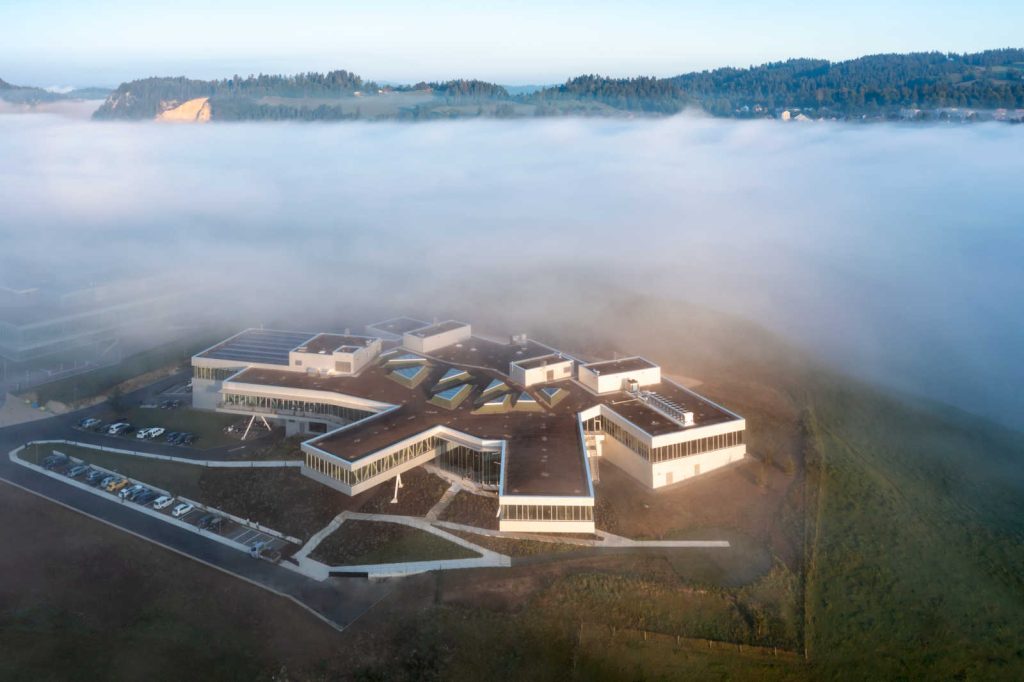
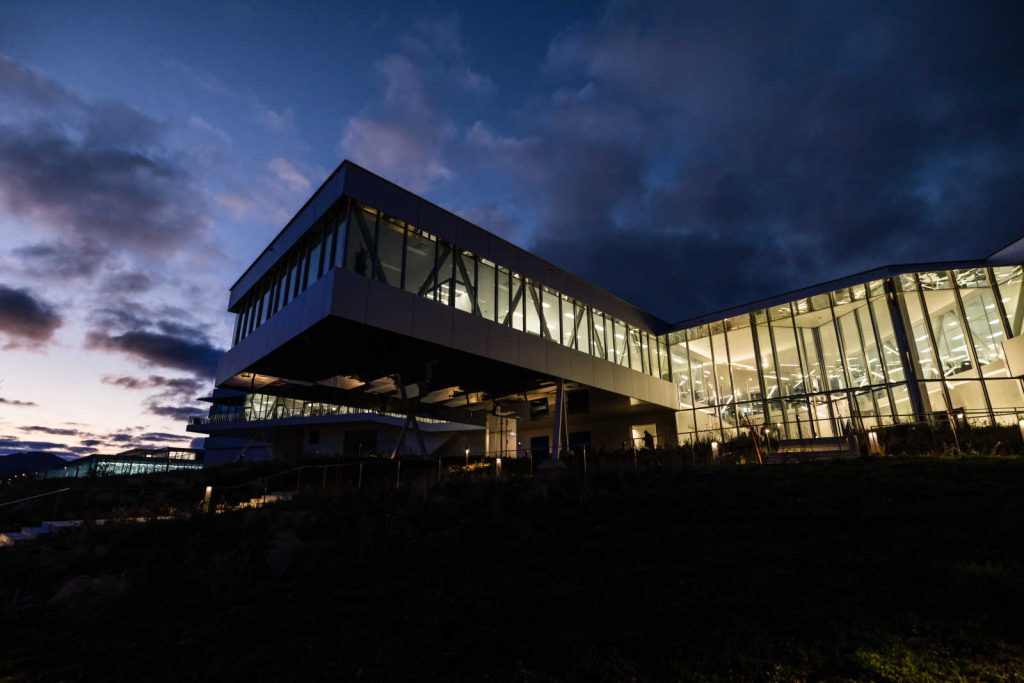
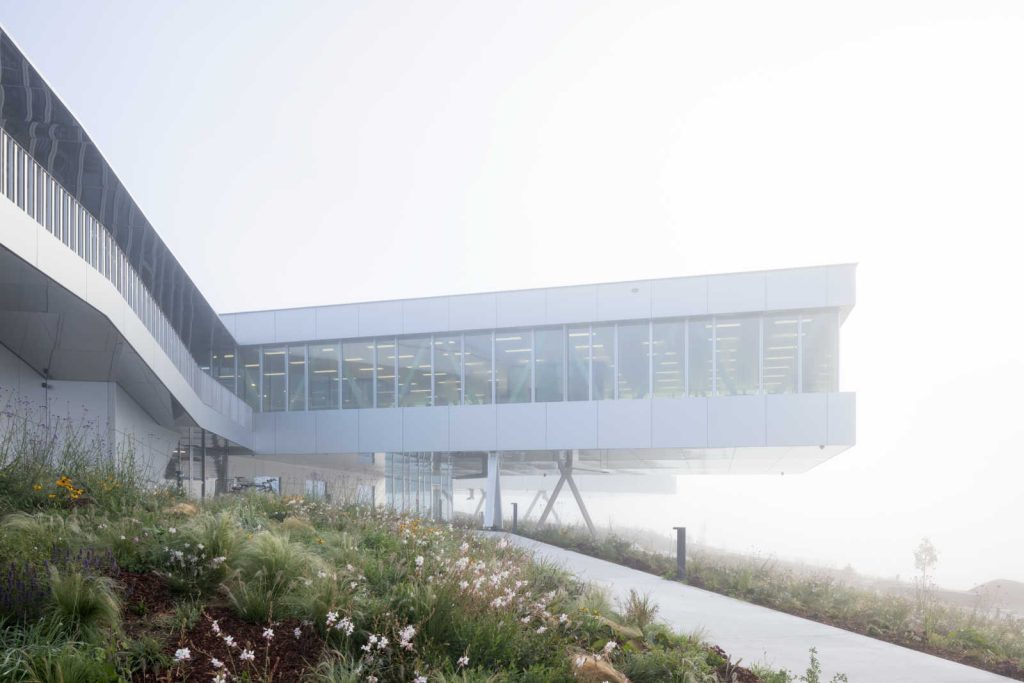
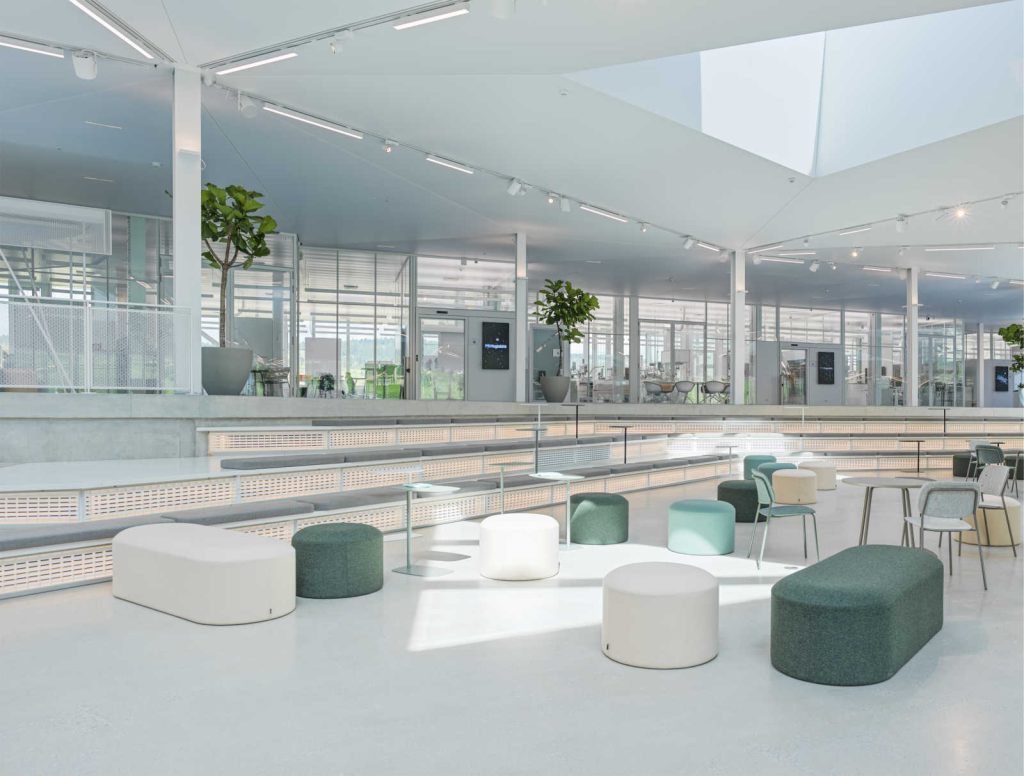
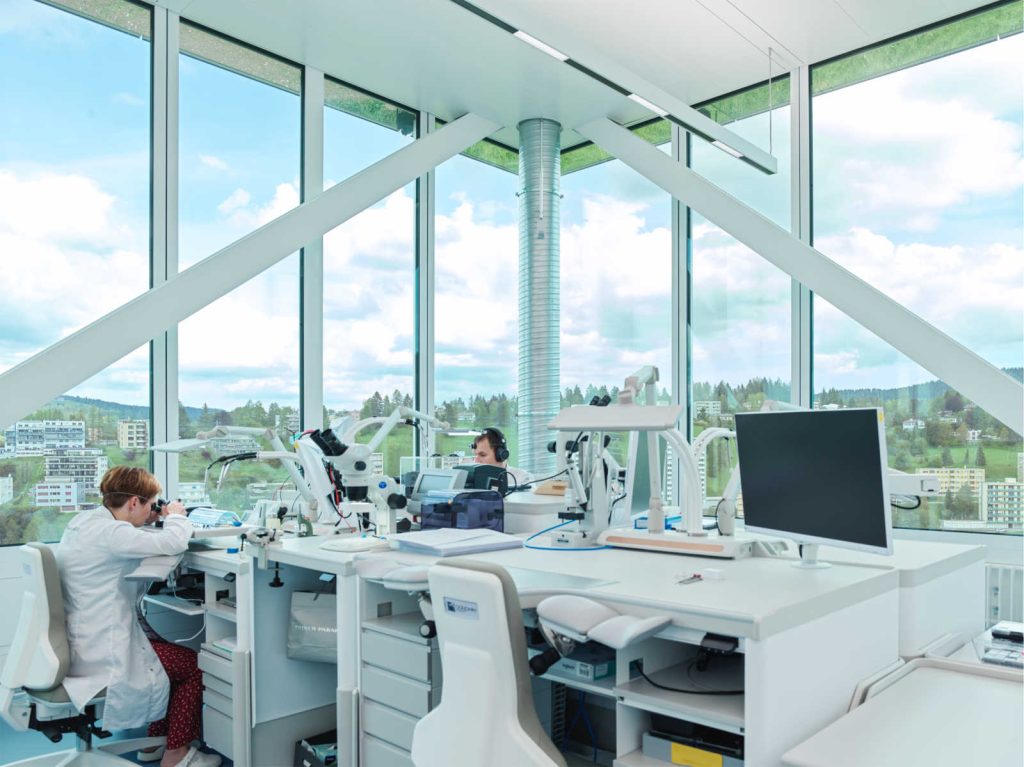
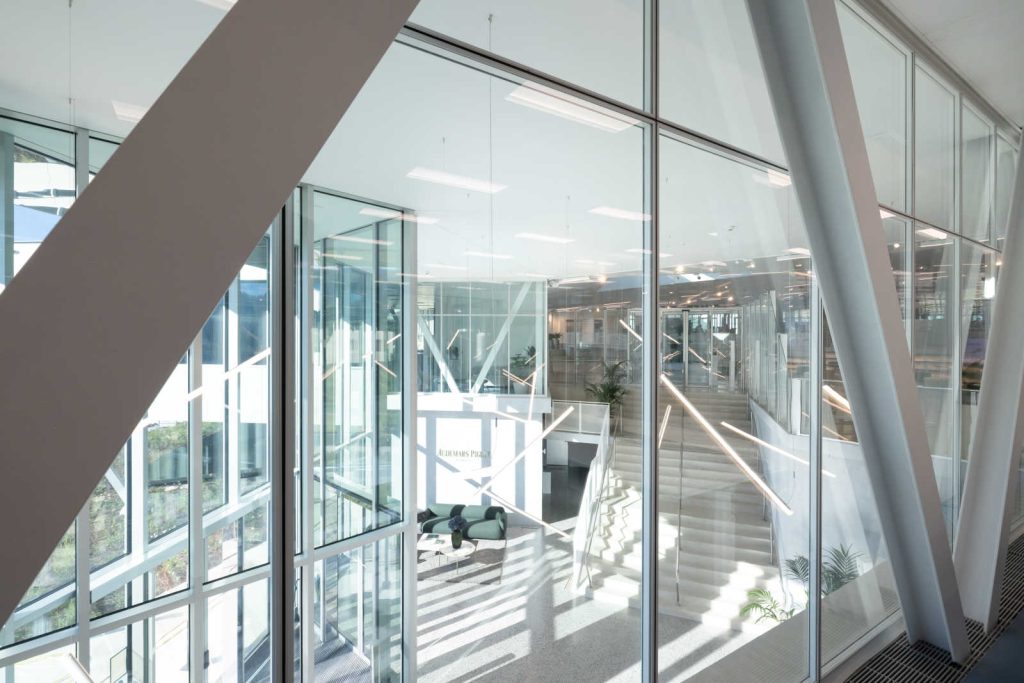
I had the incredible opportunity to enjoy an intimate lunch with the esteemed Master himself, Giulio Papi, courtesy of the AP Team. It had been nine years since our last conversation, but before I go further, I assumed every know that earlier this year (2023), Code 11.59 Universelle RD4 was launched and is their first ultra-complicated automatic wristwatch, featuring 23 complications and 17 technical devices. The RD4 took over seven years to develop and incorporates innovations from previous models, including a Grand Sonnerie Supersonnerie, minute repeater, perpetual calendar, split-seconds flyback chronograph, and flying tourbillon. The AP Calibre 1000 powers this remarkable timepiece, which fits within a 42mm diameter and 15.5mm thick Code 11.59 case. This meeting with Giulio provided the perfect opportunity for me to dig deep into the making of the RD4.
Giulio began by sharing that the conceptual stage of the project involved studying highly complicated timepieces available in the market. He demonstrated several renowned brands’ complication pieces watches with multiple functions, all had one common drawback —legibility was compromised due to the over use of hands on the dial, making these watches almost impossible to read without a magnifying glass.
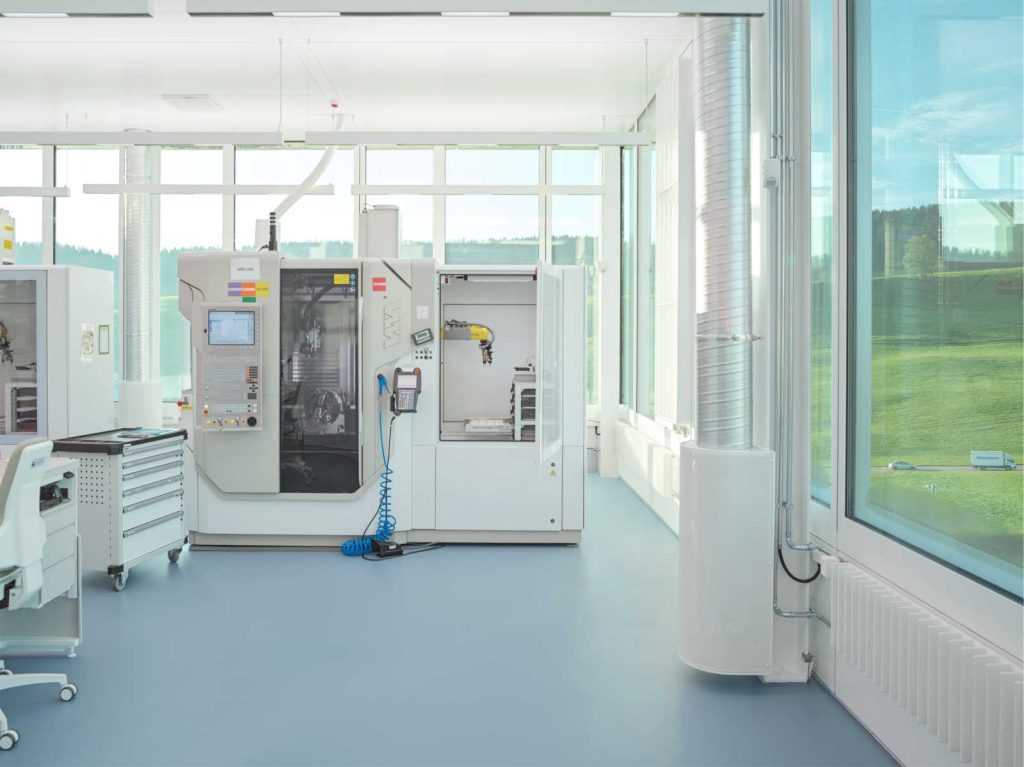
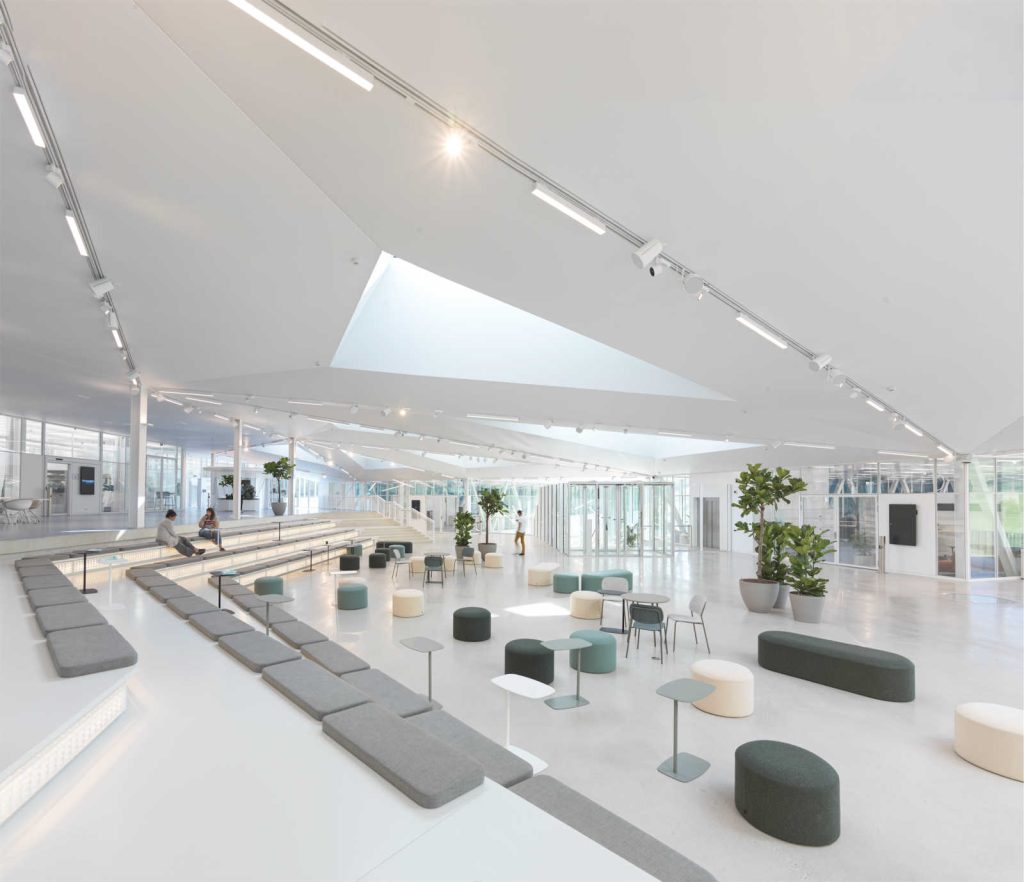
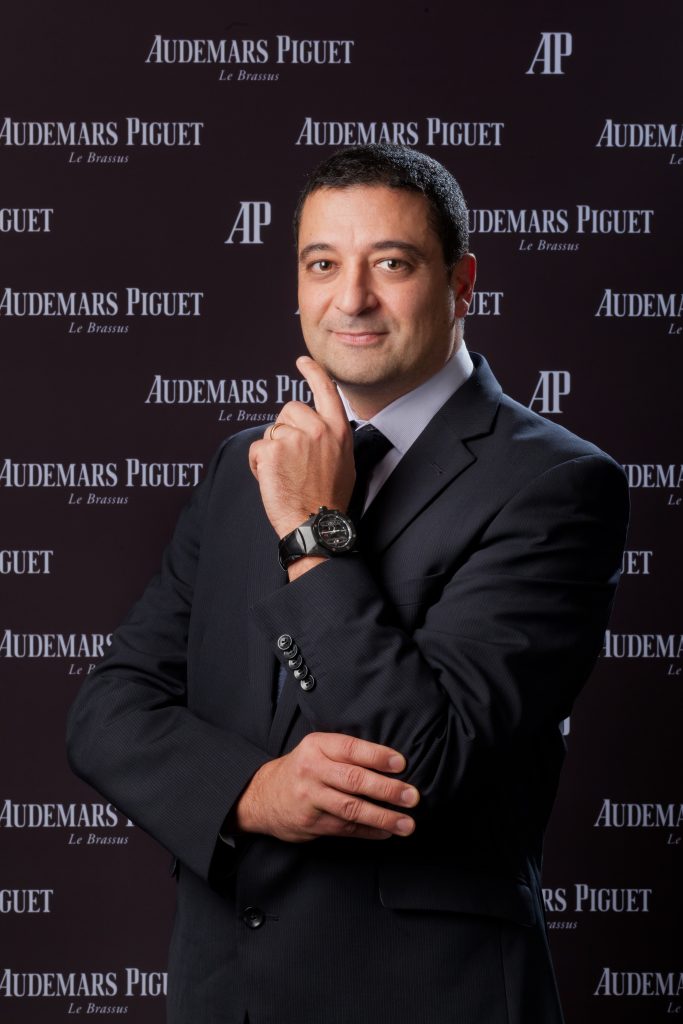
Giulio set out to create a modern, highly complicated watch that would be easy to read, not overly clustered dial. However, he didn’t stop there. He also sought to achieve a remarkable sense of symmetry. Giulio believed that such a complex piece should have a skeletonized dial that proudly exhibit the beauty of the movement. And the only proper way to do that is with a symmetrical movement, as it would enhance the overall aesthetics of the watch.
One aspect I was particularly intrigued by was the development process of fitting a movement into a case that didn’t exist yet. The RD4 for the Code 11.59 by Audemars Piguet Universelle posed this challenge since the Code 11.59 was not in existence when the project commenced. Over the course of seven years, Giulio led a dedicated team of designers, constructors, watchmakers, and artisans in bringing this extraordinary timepiece to life. Comprising over 1,100 components, the RD4 offers an impressive array of multiple functions.
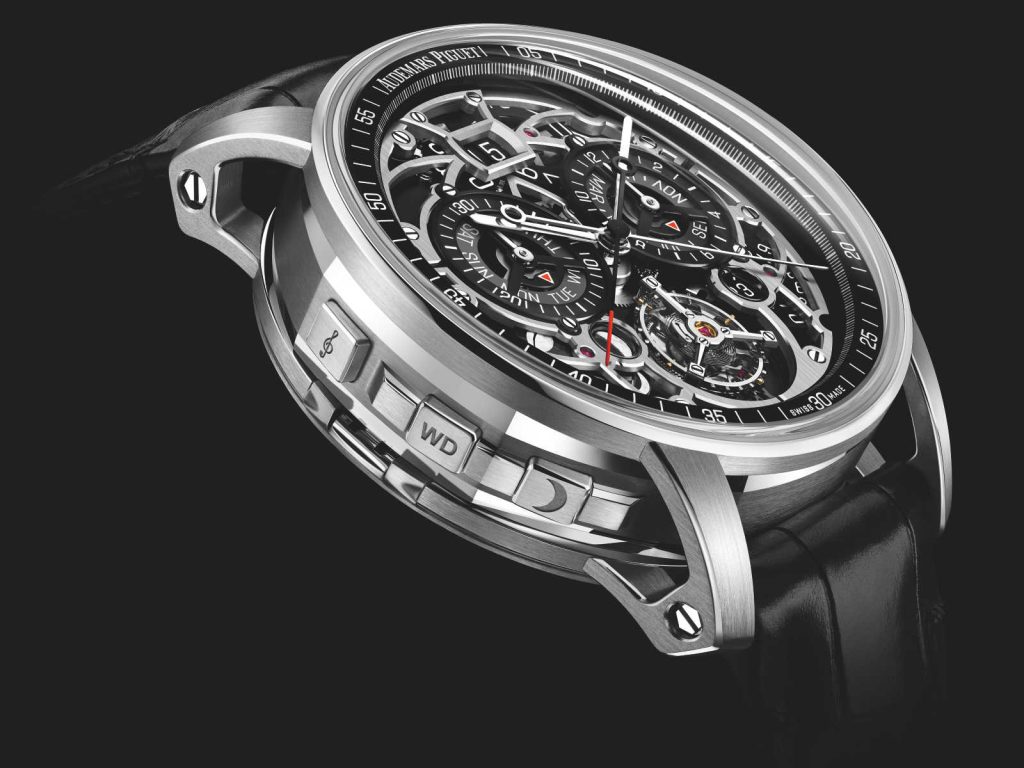
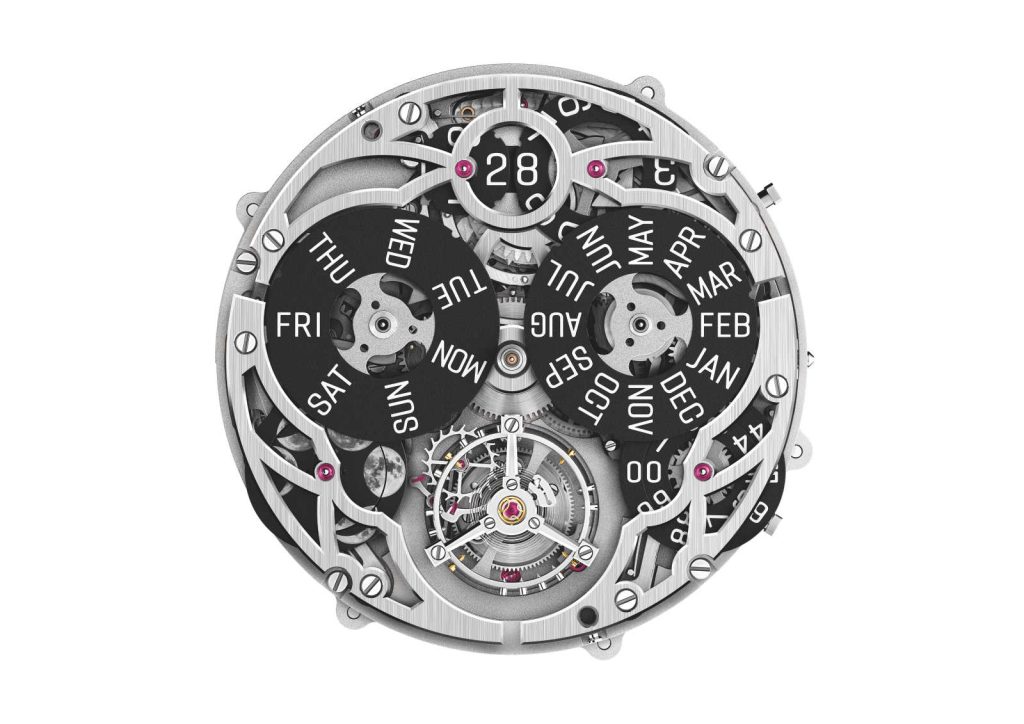
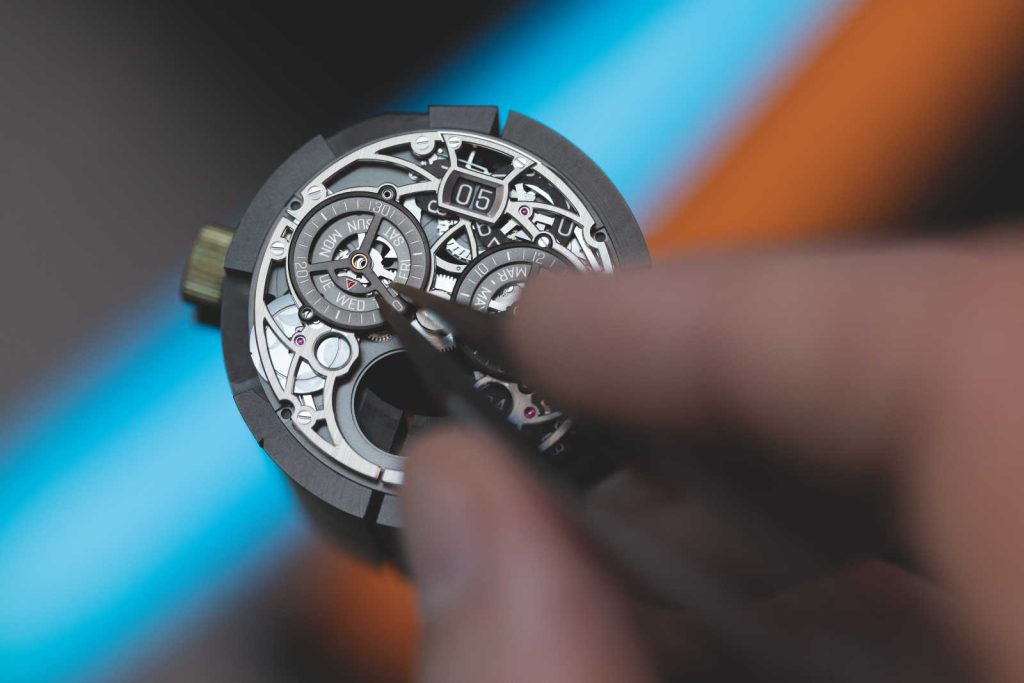
The result of Papi and the teams’ foresight and hard work, the RD4 sets itself apart from most of the grand complication watches with its exceptional readability and user-friendliness. Drawing inspiration from the legendary ultra-complicated pocket watch, L’Universelle, made in 1899.
With 23 complications; including the Grande Sonnerie, a minute repeater, a perpetual calendar, and a flying tourbillon, the RD4 combines functionality and craftsmanship perfectly. The correctors and pushers facilitate navigation, this innovative use of the pushers and crown are just some of the ingenious ideas on this piece. The pushers and selectors are thoughtfully positioned on both sides of the 42mm case, with a thickness of 15.55mm. On the right side of the case, three crowns with coaxial pushers enable the wearer to wind the watch, adjust the time and date, and select the chiming mode (Grande Sonnerie, Petite Sonnerie, or silence mode). Discreet symbols engraved on the pushers and crowns offer clear indications of their respective functions.
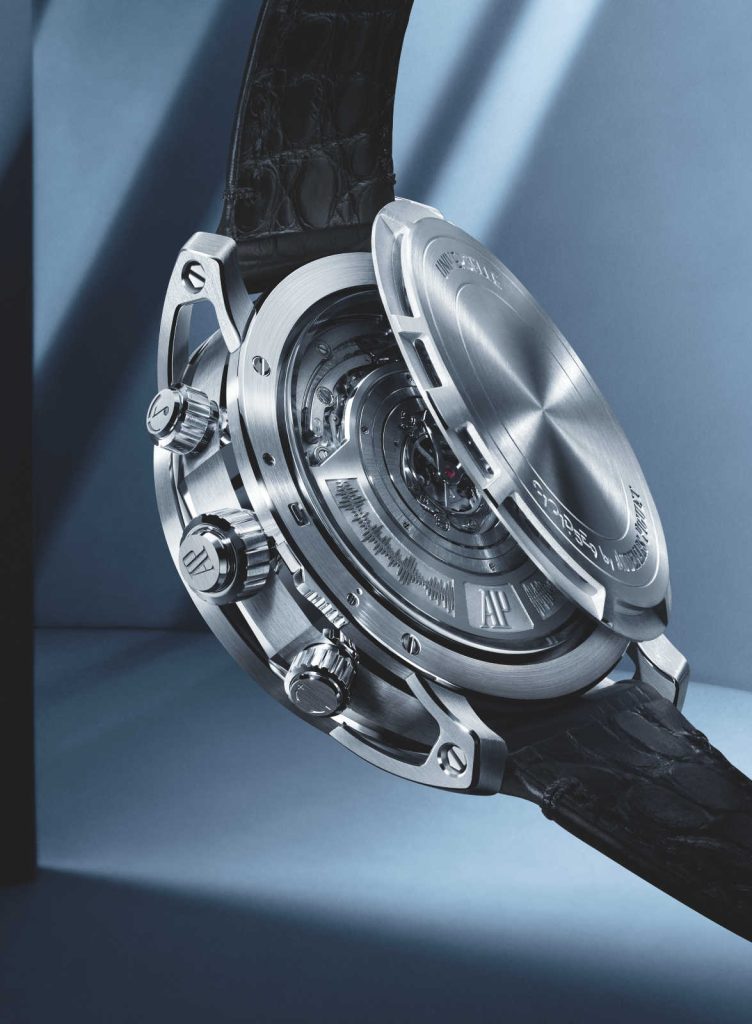
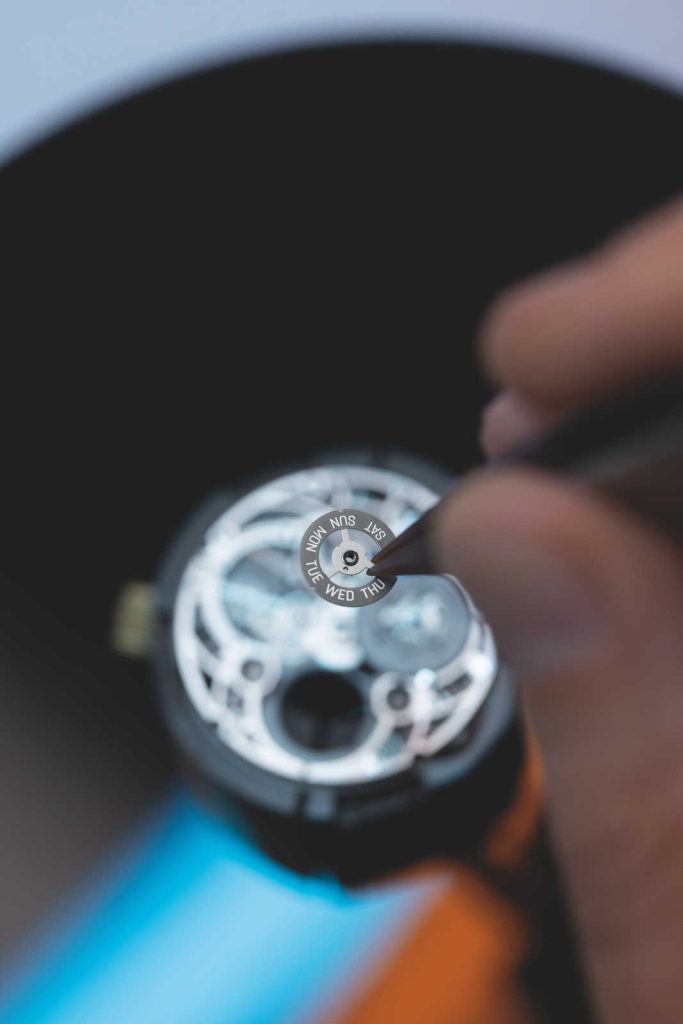
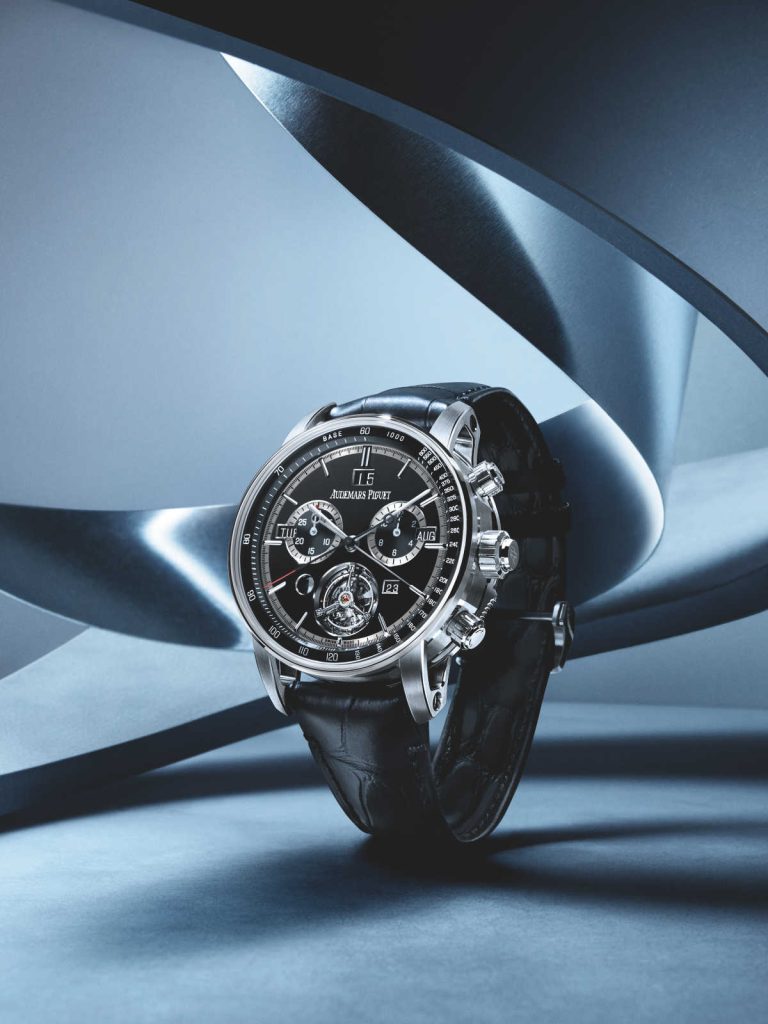
The watch features a “hinged” gold caseback that enhances its acoustic performance when worn. With the caseback opened, the Supersonnerie sapphire soundboard reveals the awesome mechanism. There are multiple innovations in the RD4, the moonphase, the automatic winding rotor mechanism, even the pushers received state of the art upgrades. There are just too many innovations in this piece, we shall dive deep into the RD4 in another post.
The RD4 is available in 18K white or pink gold and comes in four variations, two of which showcase an architectural dial that beautifully displays the intricate movement. For me, the architectural dial is the obvious choice!

